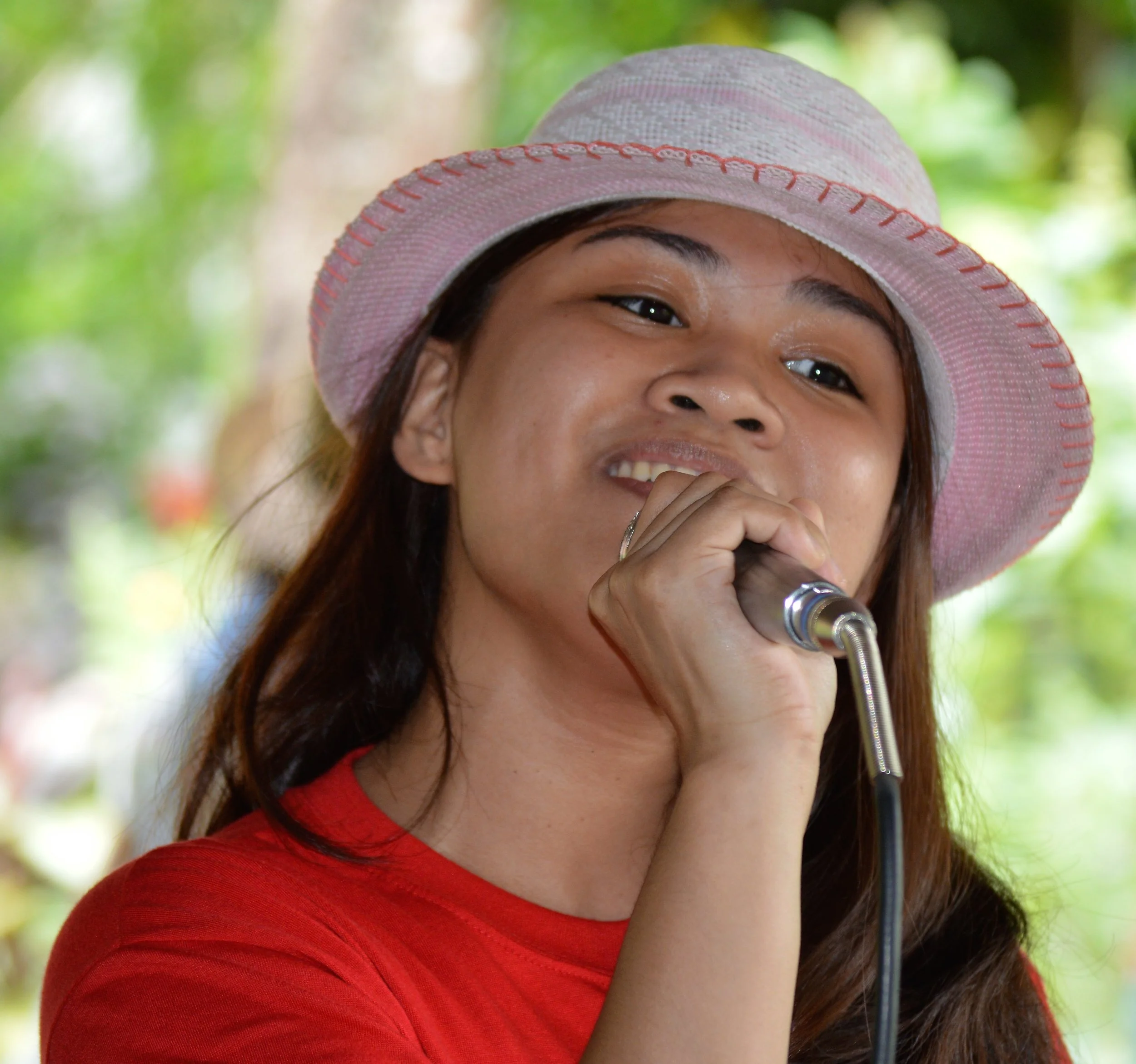Mauthausen Concentration Camp: Because turning away is never an option
by Fyllis Hockman
Yes, of course, the four Central European capitals we visited on our Danube River Cruise with Grand Circle – Prague, Czech Republic, Vienna, Austria, Bratislava, Slovakia and Budapest, Hungary – are all full of wonder and overwhelming with their impressive history, expansive promenades and architectural grandeur but it was an experience in Linz in Upper Austria that most impacted me – a visit to the Mauthausen Concentration Camp, one of the first to be built and the last to be liberated.
By way of a little background, as a teenager I had my first visual exposure to the horrors of the Holocaust in some newsreel depictions of the liberation of some camps after the war – the emaciated survivors with their sunken eyes, gaunt bodies and harrowed auras. I called my mother, who had told me of the Holocaust my whole life, and said: “Mom, I finally understand.” Now 6 decades later, I came to understand even more.
Mauthausen, one of the largest of the camps, was built high upon a hill in Linz, where Hitler was once a resident, near a large quarry. The rationale behind concentration camps evolved over the war years from imprisoning people, enslaving them and engendering fear among the general populace to simply one of extermination. And that was carried out in so many ways. Mauthausen was considered a Level 3 Camp where the guiding principle was that no one left – everyone was to be killed in some way or other. The SS excelled at very efficient methods of mutilation and annihilation.
The roots of genocide, according to our guide, were fostered in anti-Semitism, an us vs. them mentality, a de-humanization of others who are seen as “less.” It was hard not to draw some parallels to today’s world…
Many bodies engulfed “the stairs of death” leading to and from the quarry where malnourished and mistreated prisoners were forced to carry very heavy stones up very high stairs and often died in the process. Others were simply pushed down the steps. It becomes difficult to hear the stories as they became so visually evident.
Other cases involved prisoners forced outside during winter over whom cold water was poured – a particularly appealing entertainment for the SS guards who delighted in “showering” people to death – outside the actual gas chamber showers, that is…. Because any SS who shot an inmate trying to escape got extra days off, a favorite party trick was to entice prisoners into situations where they might appear to be escaping – and then shoot them. Stomach cringing continues.
Others, sick and beaten, simply died during daily roll call, a grueling process of standing in the heat or cold for 4-5 hours at a time, and being forced to do exercises when most of them could no longer stand. It is hard to hear all of this – and my stomach clenched and my eyes teared and I was overcome by a sense of helplessness and disbelief that these things actually happened – and no one cared.
In the barracks hundreds were housed in such horrendous conditions the term unsanitary does not begin to describe the degradation. On the wall is a quote depicting the “wheezing, hissing, moaning, sobbing, snoring” that filled the night-time air in 20 languages. “The noise fused into a single, terrible sound produced as if by a giant monstrous being that had holed up in the dark.” Another quote:”Anyone who hadn’t been brutal when they entered the world became brutal here.” More gut-wrenching stomach-churning.
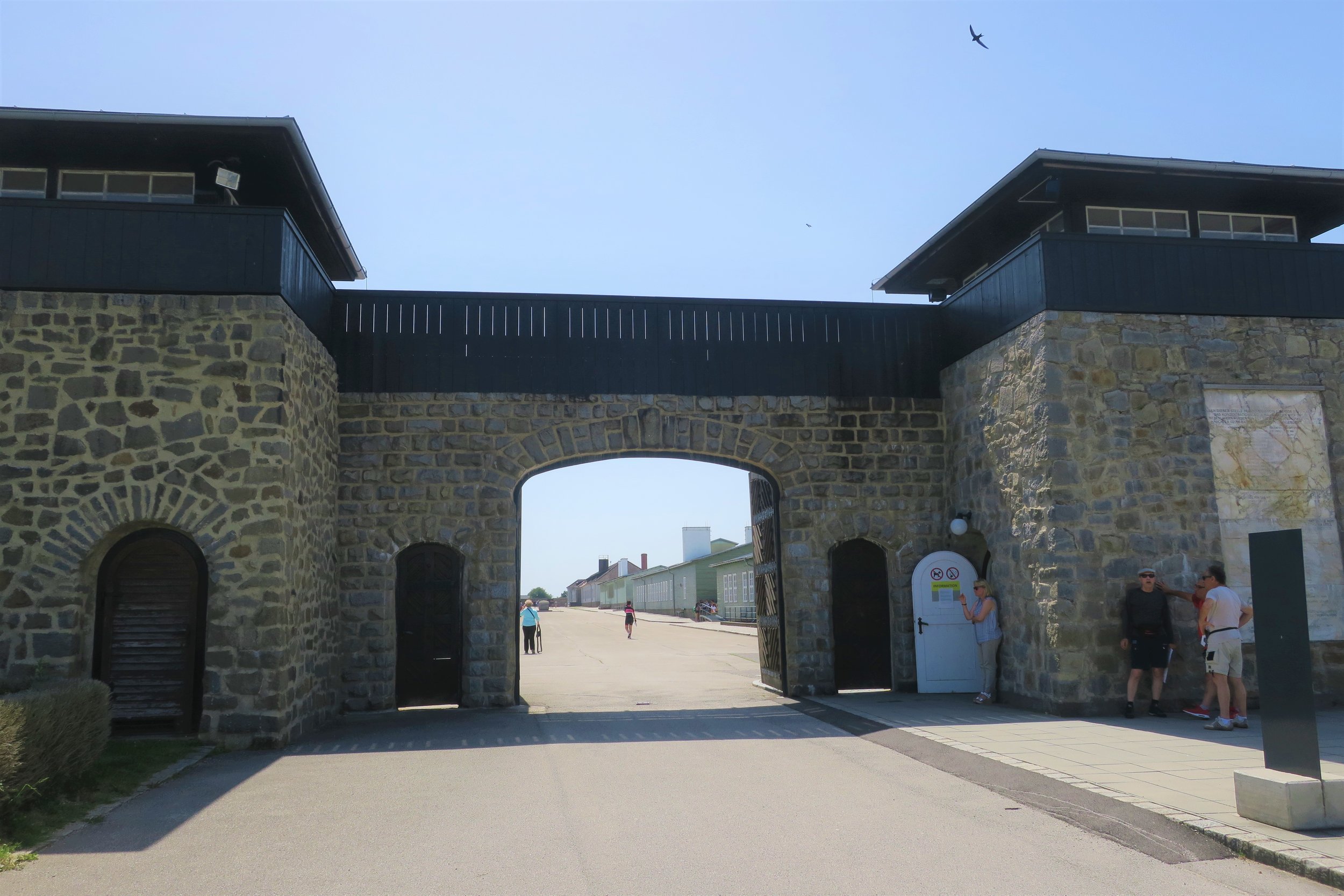
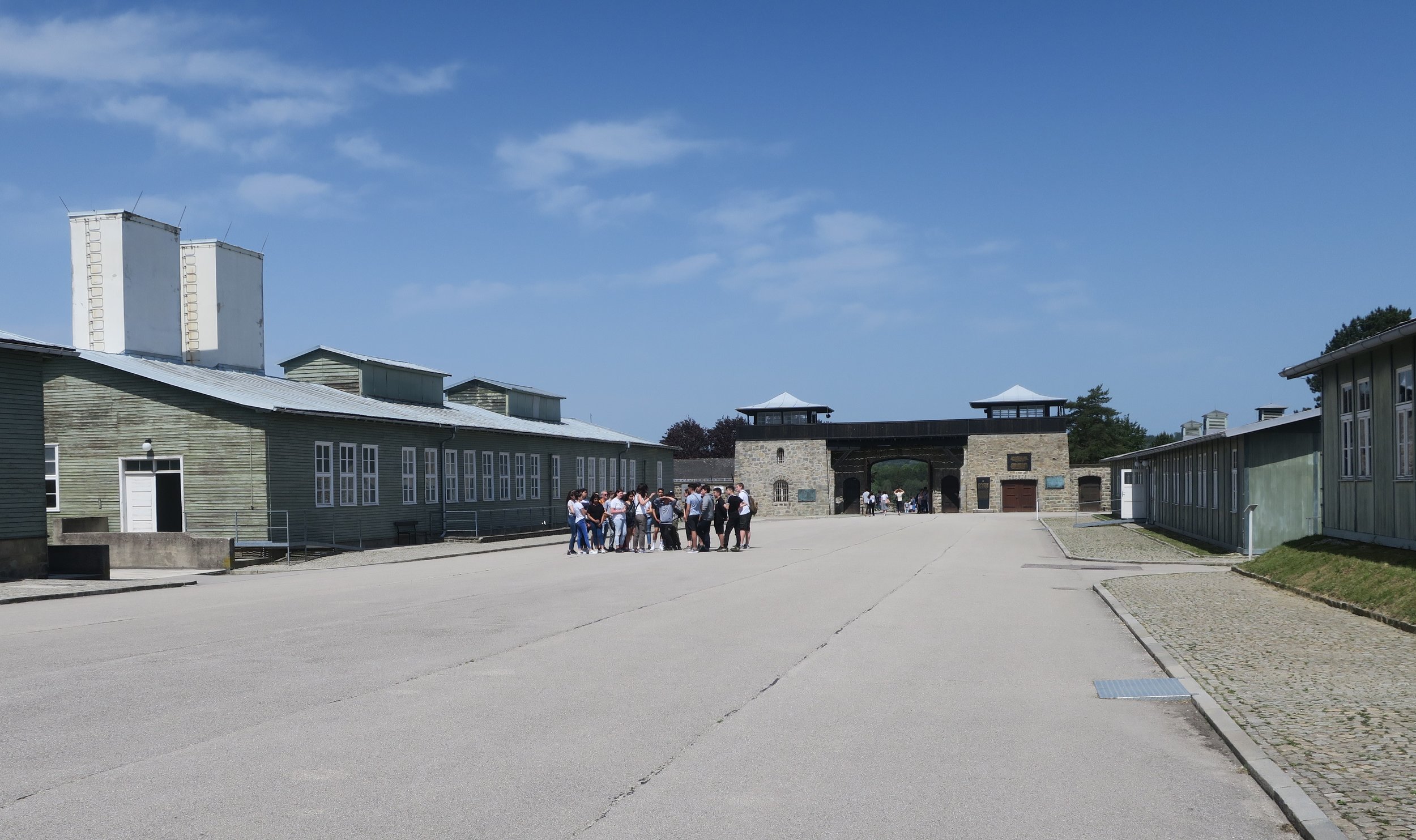
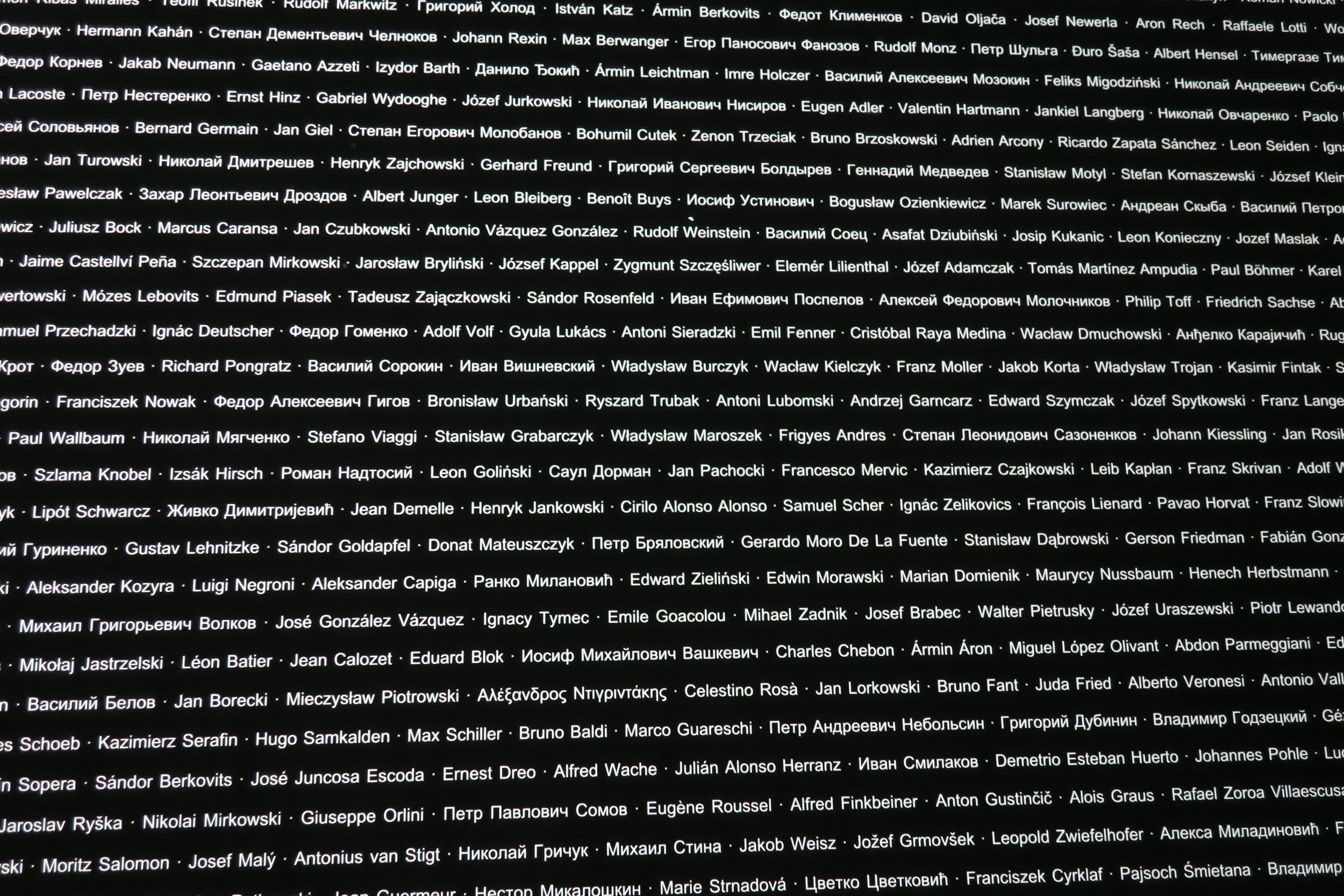
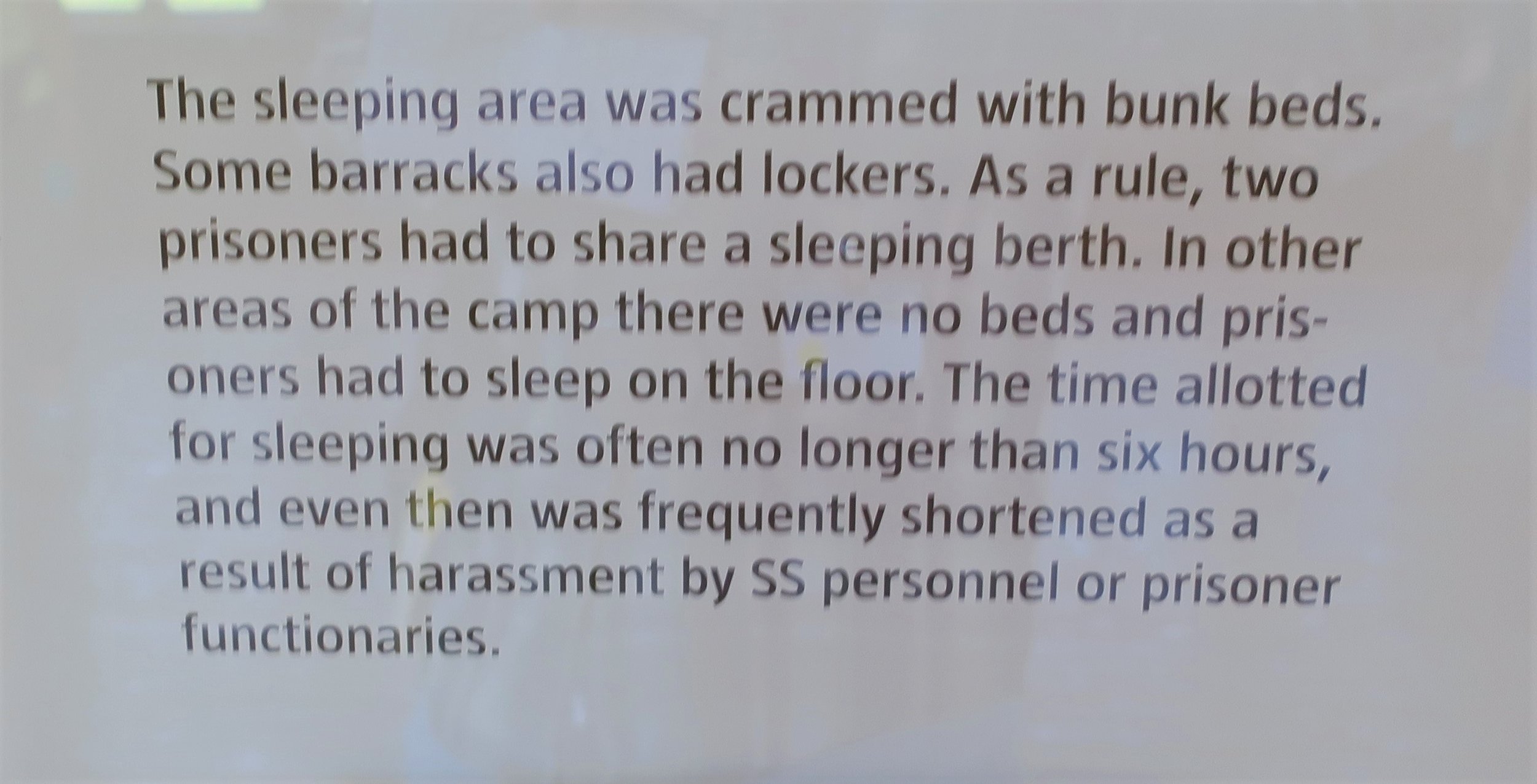
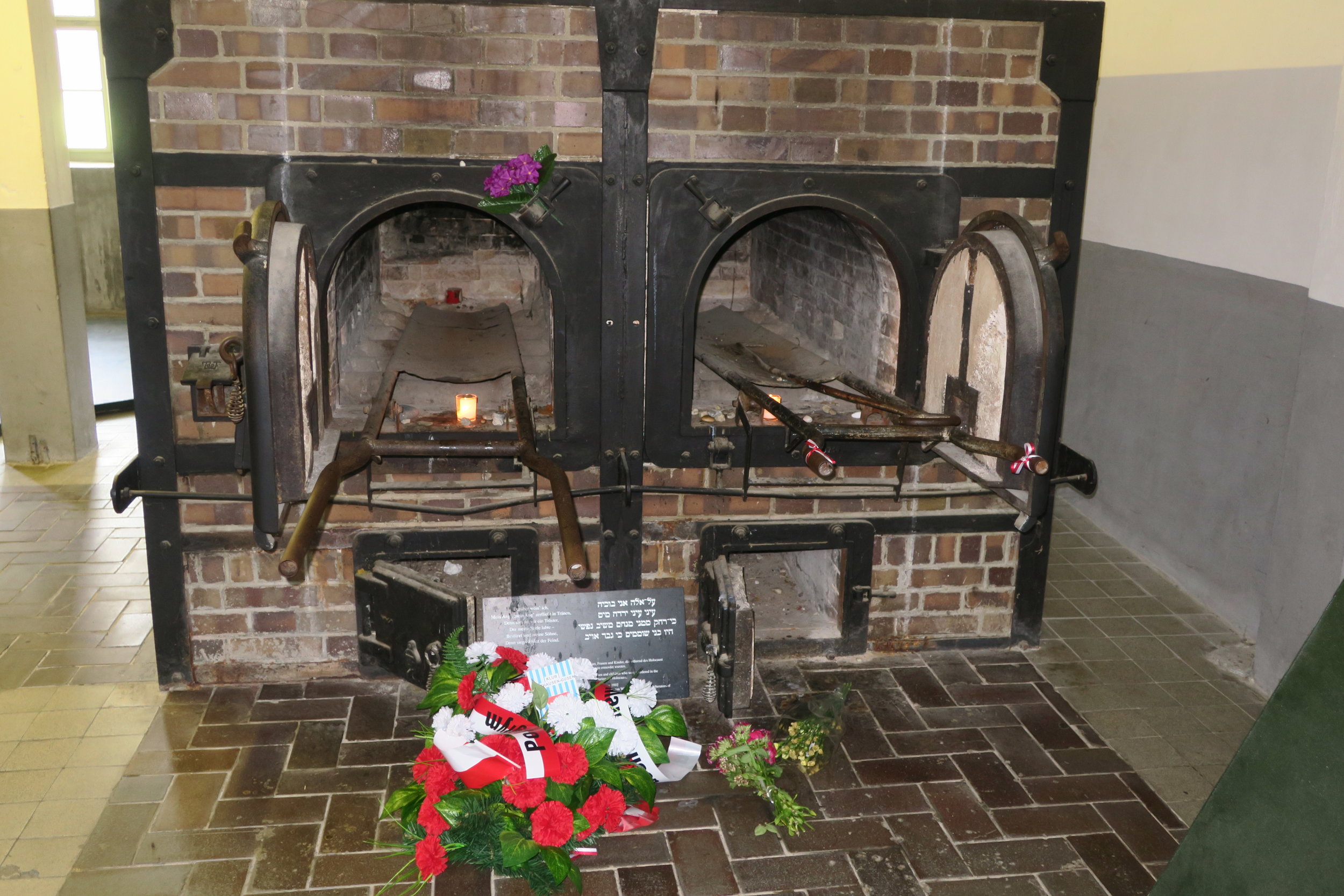
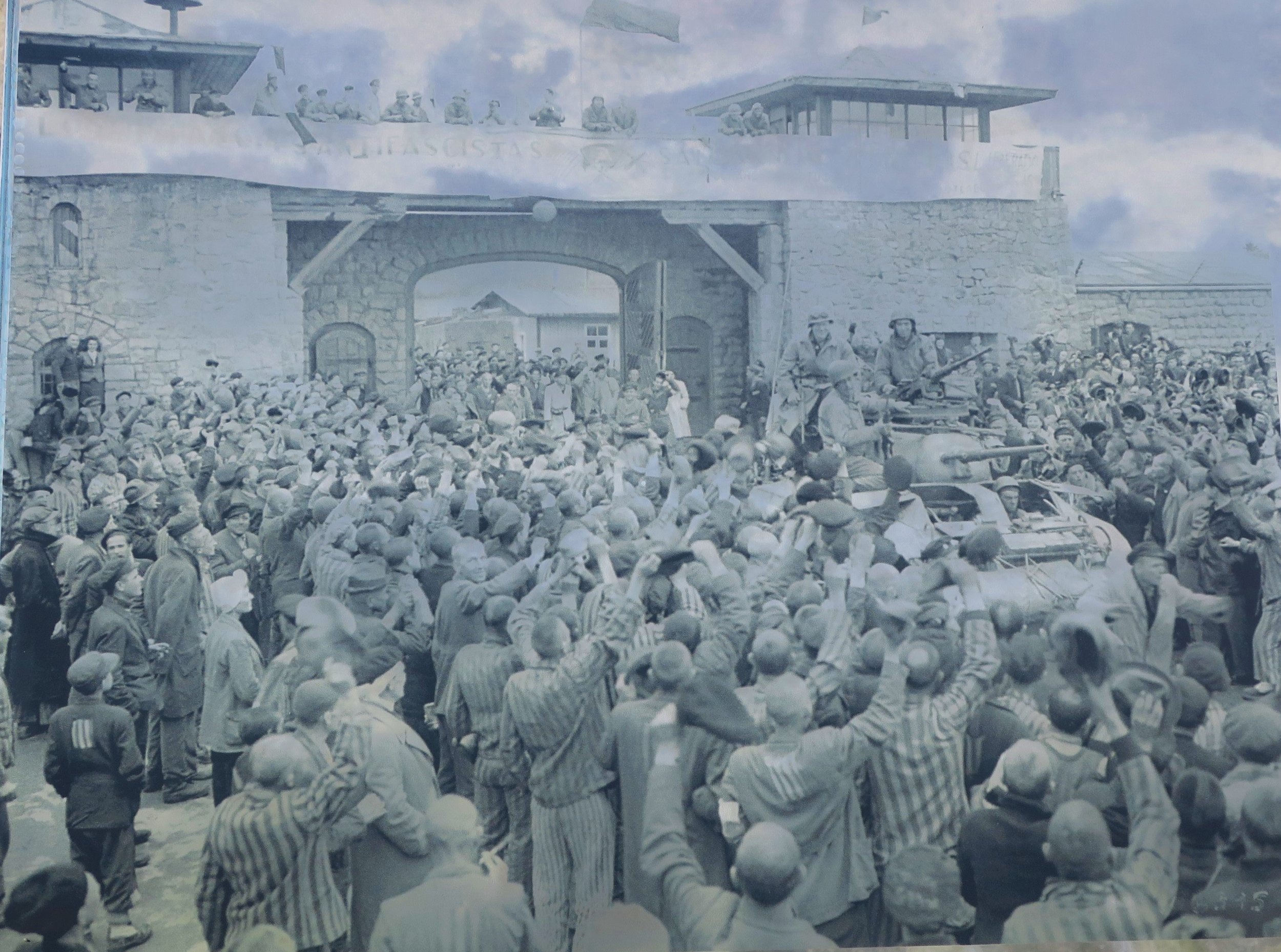
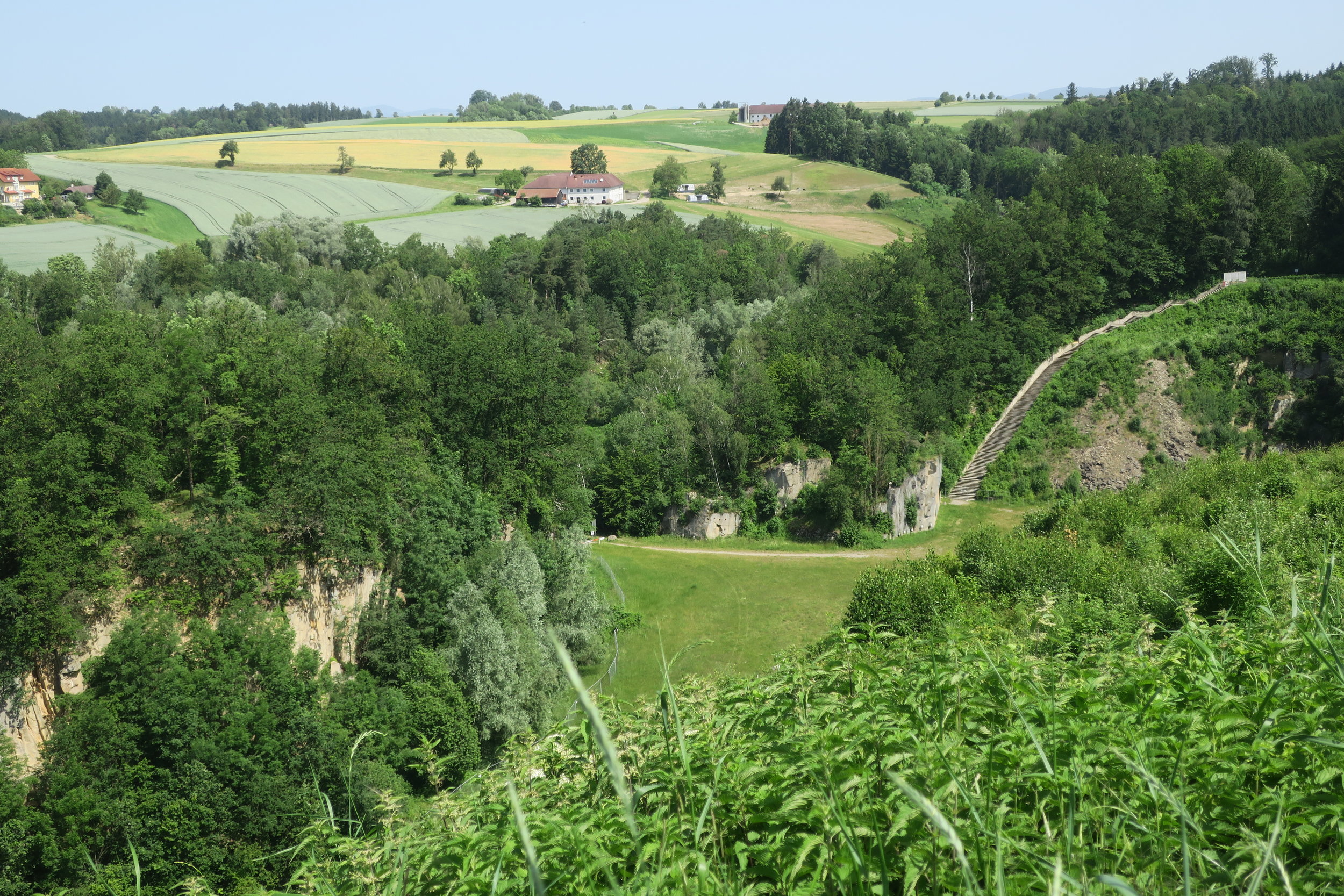
And then we went through the gas chambers where thousands were killed and then the ovens where their remains were buried, with a side visit to the infirmary where unspeakable “experiments” were carried out.
And yet the neighbors and surrounding community ostensibly didn’t know what was happening, despite being within earshot of the thousands of prisoners suffering and screaming. In fact, some complained about the noise – but not about why it was occurring. The grandmother of our guide, who was seven at the time, said she could smell the stench of the burning bodies; she knew something bad was happening but nobody talked about it.
Of the 200,000 prisoners who occupied Mauthausen from 1938-1945, about half were killed. There were only 20,000 survivors when liberation finally came on May 5, 1945, with another 80,000 already too ill to benefit from the end of the war. Not surprisingly, the liberators were shocked at the condition of the prisoners. I imagine so too were the community members when they were finally exposed to what was really happening in their backyard. At this point, my stomach was in perpetual decompression mode.
There were signs on walls from visitors in multiple languages: RIP, Never Again, and You won’t be forgotten. A simple drawing of an eye with a tear coming down was the one I most related to.
Most of the guards went home after the war suffering no consequences and little was said about what they had done. No one talked about it. According to our guide, it took Austria four decades to acknowledge its part in the Holocaust.
There were multiple school groups of teenagers at the camp and I felt thankful they were learning of the atrocities they otherwise would probably have no knowledge of. I wished I could understand what they were saying about their experience. History will now change as there soon will be no survivors, no one to say this is what actually happened, and the Holocaust will be relegated to the status of other historical occurrences which the young will learn about in school but will not relate to. Who really cares about the Crusades? There will be no visceral understanding. It will have nothing to do with them. There will be nothing to keep it from happening again. I only wish I could call my mother and tell her once again, that now I REALLY understand…
Click here for cruise information >>
Fyllis Hockman is an award-winning travel journalist who has been traveling and writing for over 30 years -- and is still as eager for the next trip as she was for the first. Her articles have appeared in newspapers across the country and websites across the internet. A sampling of those stories can be found by visiting https://muckrack.com/fyllishockman/articles


